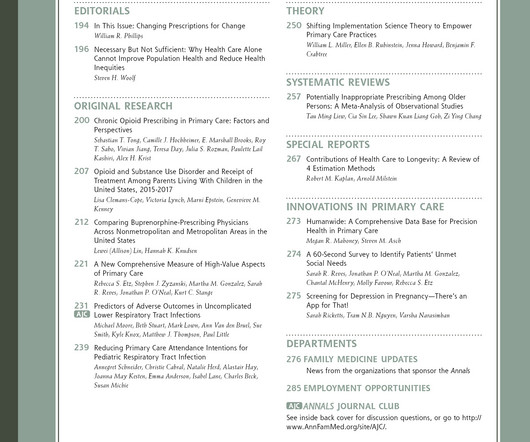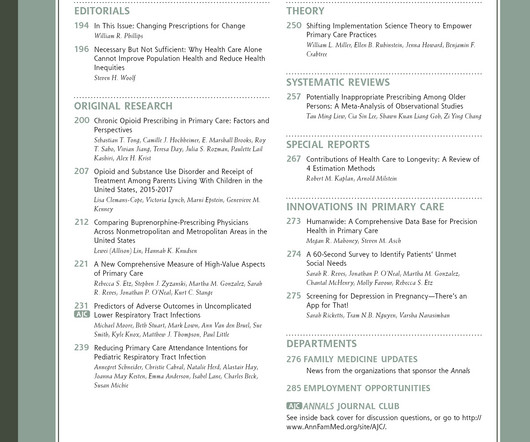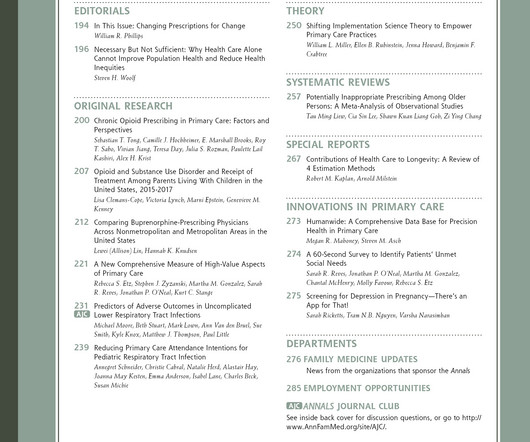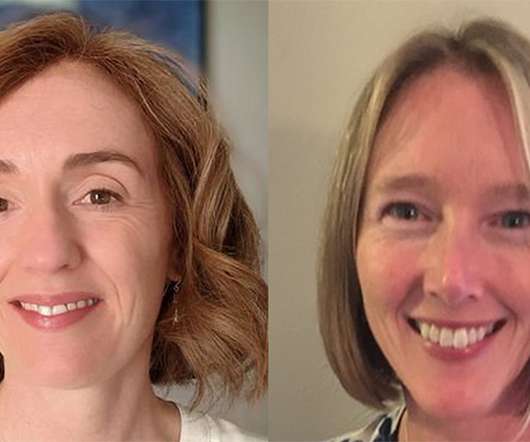Association between patient reported social risks and HOUSES index: A rural-urban comparison [Social determinants and vulnerable populations]
Annals of Family Medicine
NOVEMBER 20, 2024
Integration of patient reported social risk questionnaires in electronic health records allows for assessment of individual-level SES, but this data is frequently missing. A housing asset-based measure of SES (HOUSES) can provide individual-level SES without need for patient questionnaires. vs 3.4%, transportation risk 3.3%













Let's personalize your content